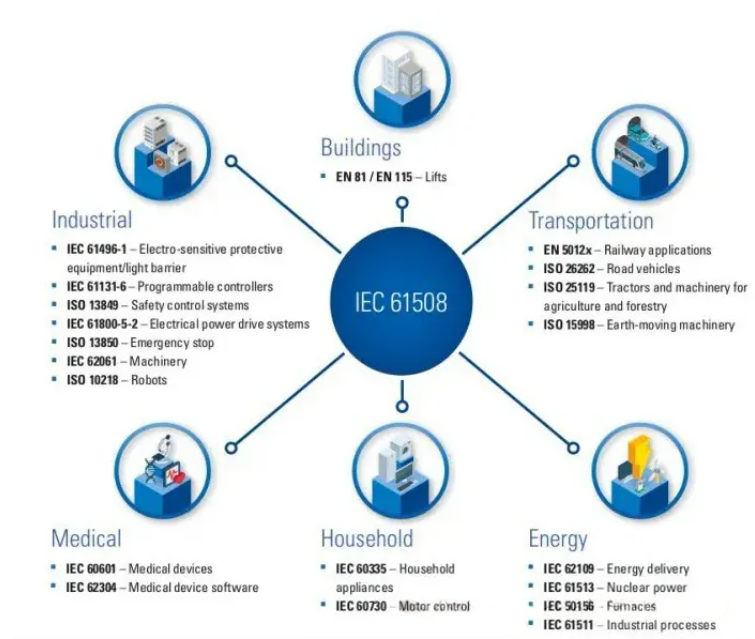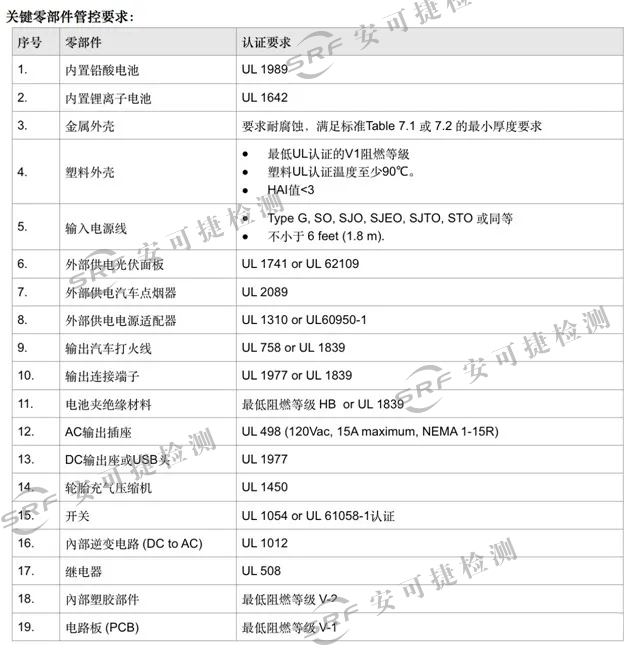Portable energy storage products have developed rapidly in recent years, and safety accidents related to the quality of energy storage power supply have also occurred frequently. Buyers or e-commerce platforms pay more and more attention to the quality and safety control of energy storage power supply products. The UL2743 standard introduced by the American Safety Verification Laboratory Company (Underwriteries Laboratories Inc) was first applied to portable energy storage products, and the IEC60335 and IEC60730 standards introduced by the International Electrotechnical Commission (International Electrotechnical Commission) were subsequently applied to the control of such products. Safety control is the minimum requirement for products to be sold to the market, which is conducive to guiding R & D personnel to continuously optimize in the dynamic adjustment of design scheme and test, and design safe and reliable products.
Functional Safety (FS) taken from the TuV website:
o Functional Safety (FS)is the safeguard against hazards resultingfrom faulty and interrupted functionality. More and moresafety-related control systems are being used primarily in themanufacturing and process industries as well as in the railway,automotive and medical industries with the aim of reducing therisk of hazards.
Safety must be ensured under normal and/or undisturbed(oconditions and maintained in case of abnormal conditions, re-quiring products to be designed in such a way that fault, fail-ures and external influences do not result in cases of undetected loss of safety
The basic Functional Safety standard is lEc61508 and it is applica.ble to all industries. Each industry has its own nuance, therefore somany have developed their own standards based off lEC61508IEC60335 or lEC60730 will be applicable for Portable Power.
A number of standards will divide Functional Safety into 3 separateClasses(taken from lEC 60730-1:2022)
Class A: Control functions which are not intended to be reliedupon for the safety of the application.(e.g., speed control)Class B: Control functions which are intended to prevent an un-safe state of the appliance.(e.g., Cell voltage overcharge)Class C: Control functions which are intended to prevent specialhazardssuch as explosion or whose failure could directly cause ahazard in the appliance.(e.g.,explosion of the controlled equipment)
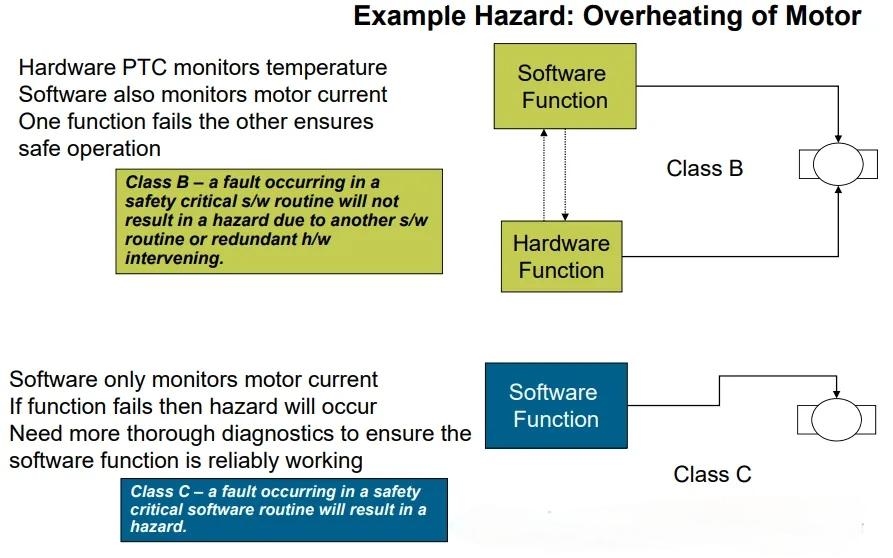
For Portable Power, some situations such as overcharge or overtempertaure should be controlled by Class B. That's why we need to have secondary protector from hardware side and Class B safety libarary from software side.
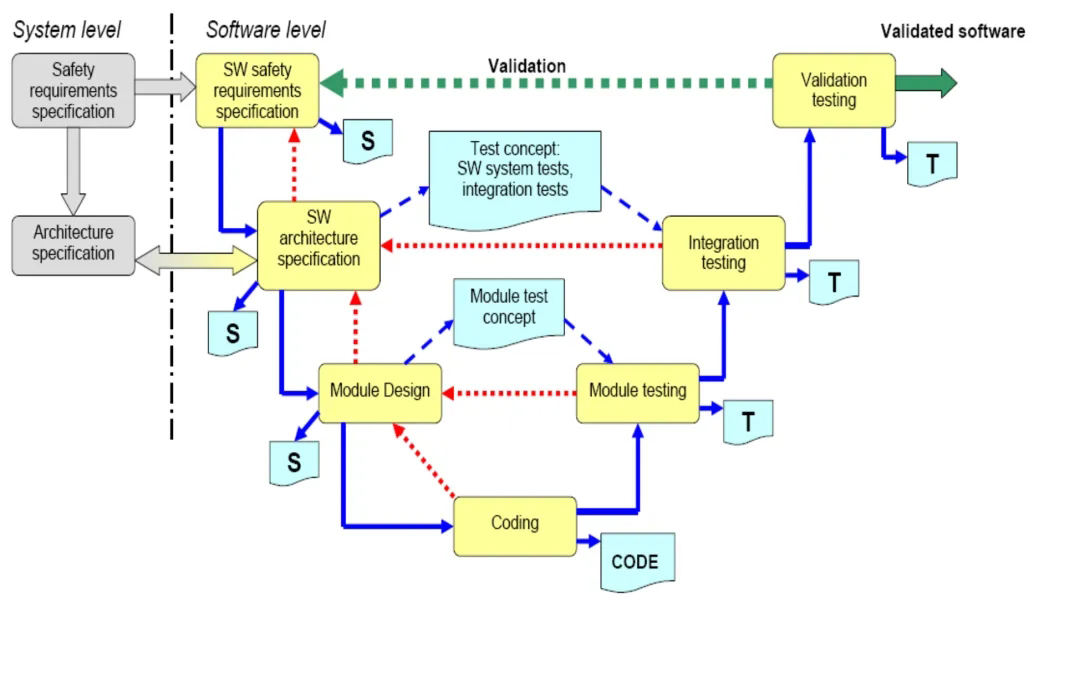
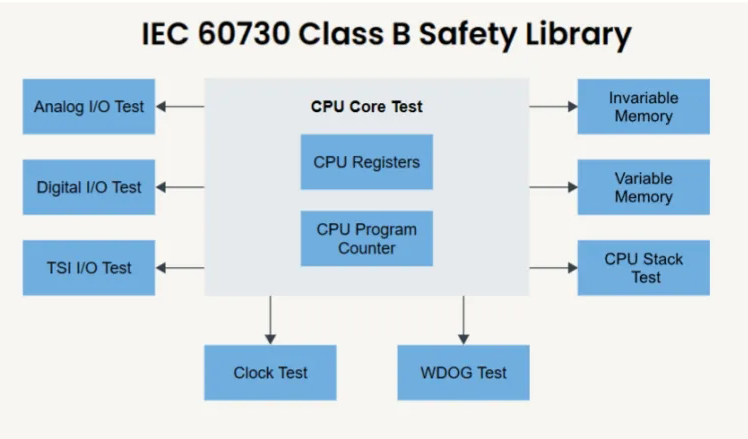
In line with the United States UL2743 standard products for parts control requirements are as follows:
Through the UL2743 test, you must also have the following certification documents:
-
overall appearance dimension drawing
-
circuit diagram of circuit board
-
product Specification
-
cell Specification
-
list of key parts and specifications of key parts
-
radiator Dimensions
-
electronic File Label
In the test process, the test conditions to be passed are as follows:
-
input Test/Power input Test
-
Normal Charge Test/Normal Charging OperationTest
-
xie current test/Leakage Current Test
-
Normal Temperature Rise Test/Normal Temperature Test
-
post-tidal leakage current test/eakage CurrentFollowing Humidity Conditioning
-
Output short test
-
Reverse polarity test/Reverse polarity of boostercables
-
Component Exception/Component faults
-
overcharge test/Overcharging test
-
Vibration test/Vibration test
-
Ground continuity/Ground Continuity
-
Strain Relief Test
-
impact test/lmpact test
-
Drop test
-
oven Test/Mold Stress Test
-
static strength test/Hydrostatic Strength Test
-
Rain Test
-
Energy Enveloped Current Capacity Test/Power Pack AmpacityTest
-
feedback Test/Back Feed Test
-
Cold Bend Test
-
Clamp test

